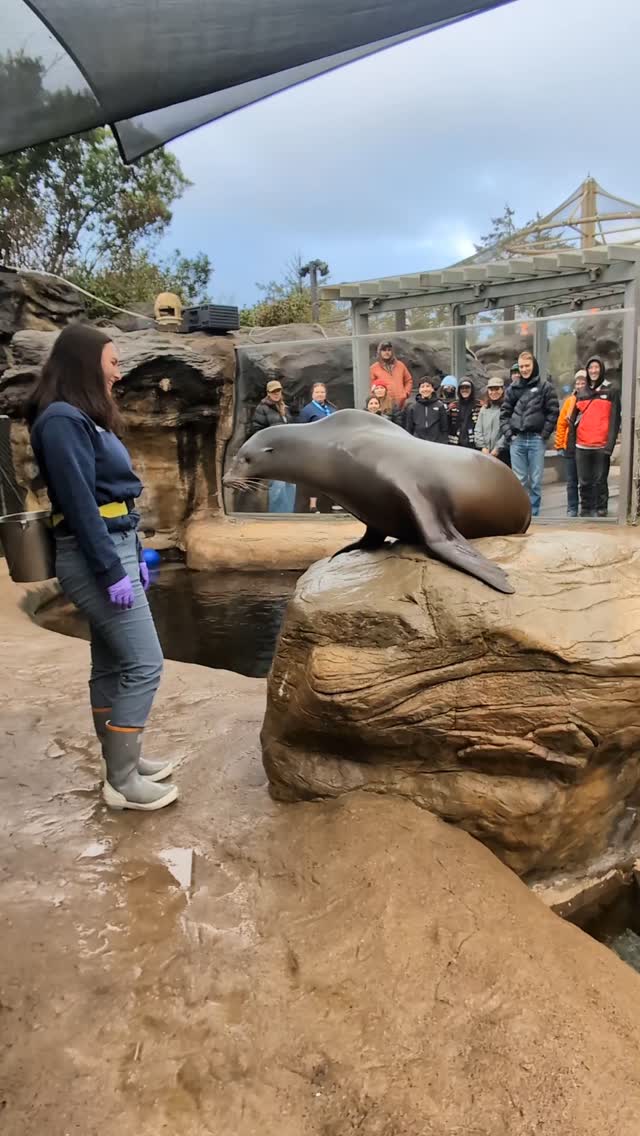- The importance of exercise and mental stimulation for captive animals like Catalina.
- The role of training sessions in building cognitive and physical skills.
- Insights into zoo management and animal welfare practices.
- Conservation efforts linked to enhancing captive animal welfare.
- Strategies for engaging visitors and fostering environmental awareness through animal enrichment activities.
Exercise and mental stimulation are crucial for the well-being of captive animals. In zoo environments, where space is limited and natural behaviors may be restricted, providing opportunities for physical activity and mental challenges becomes essential. Catalina, a resident animal, benefits significantly from structured sessions that push her to exercise both her body and mind. These activities promote a more robust state of health, preventing obesity and related ailments while encouraging a proactive lifestyle.
Training sessions at zoos are designed not just for entertainment but for skill-building. These interactions help Catalina and animals like her develop problem-solving abilities and adaptability to changes in their environment. Such skills are invaluable for maintaining cognitive health. The sessions often mimic behaviors and challenges animals might face in the wild, which helps keep their instincts sharp and responses swift.
Zoo management plays a pivotal role in ensuring the well-being and development of their animal inhabitants. Modern zoos have evolved from mere exhibition to centers of education and conservation. Animal welfare practices now emphasize enrichment programs that simulate natural habitats and offer complex scenarios for animals to engage with. By doing so, zoos contribute to the animal’s physical, psychological, and emotional health, creating an environment that fosters positive growth and well-being.
Conservation efforts and captive animal welfare are deeply interconnected. By improving the quality of life for animals like Catalina, zoos contribute to broader conservation goals. Enhanced care in captivity can bolster breeding programs, vital for endangered species, ensuring their survival and reintroduction into the wild when applicable. Educating the public about these efforts raises awareness and support for conservation initiatives globally.
Engaging zoo visitors goes beyond exhibition; it involves actively fostering a connection between humans and wildlife. Educational programs and enrichment demonstrations inspire visitors, showcasing the importance of animal care and conservation. By participating in or observing sessions like those involving Catalina, guests gain insights into the animal’s daily lives and the efforts made to preserve their natural behaviors, ultimately fostering a sense of responsibility towards environmental stewardship.
These practices serve a dual purpose of entertaining and educating the public, highlighting the intricate balance between zoo management, animal performance skills, and conservation awareness. By enriching the lives of captive animals like Catalina through regular, meaningful interactions, zoos position themselves as essential nodes in the network of global wildlife conservation.
*****
Source Description
Great work Catalina! These sessions encourage Cat to exercise her brain and body while building useful skills 💪 🧠
newportoregon


